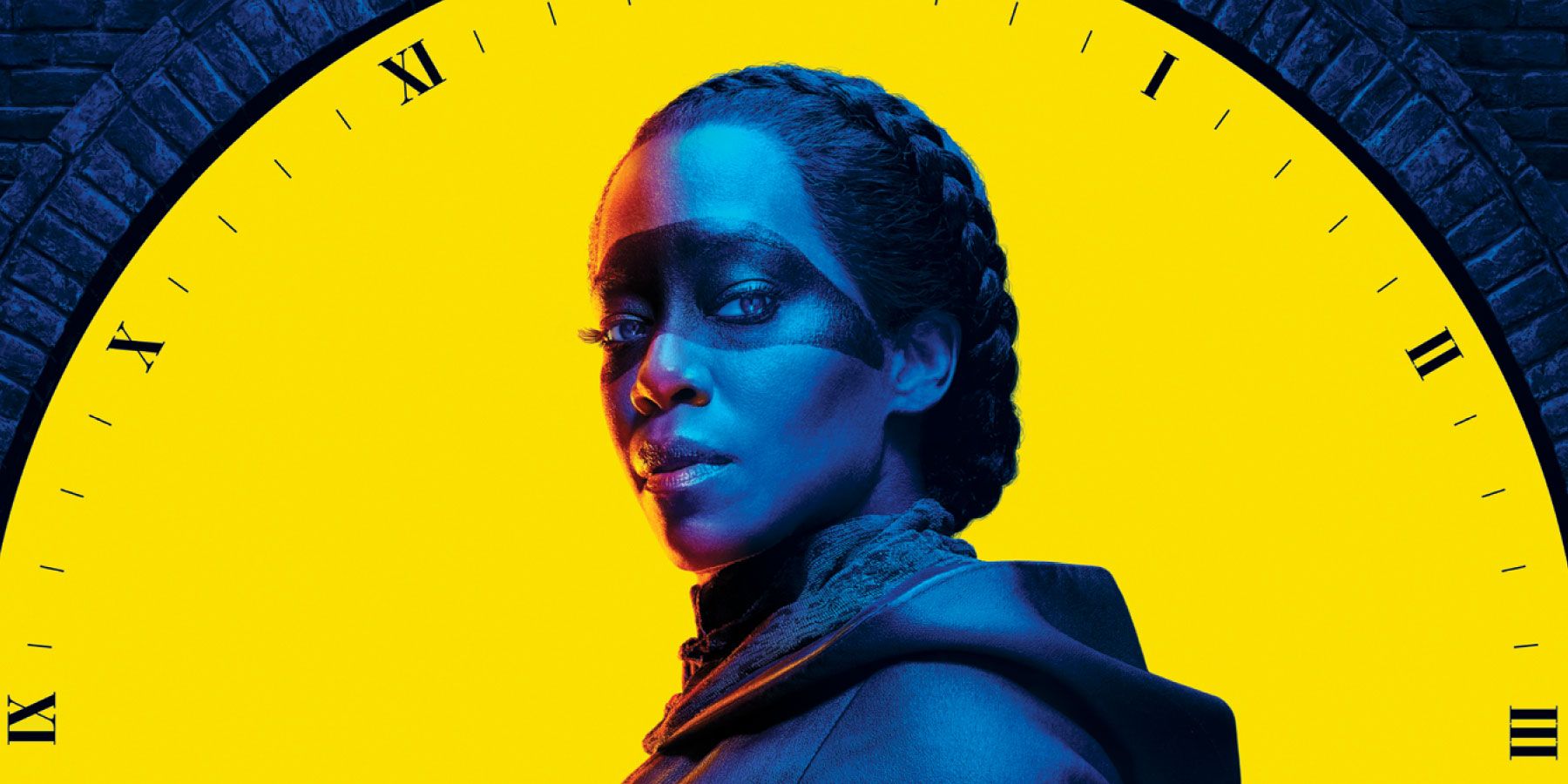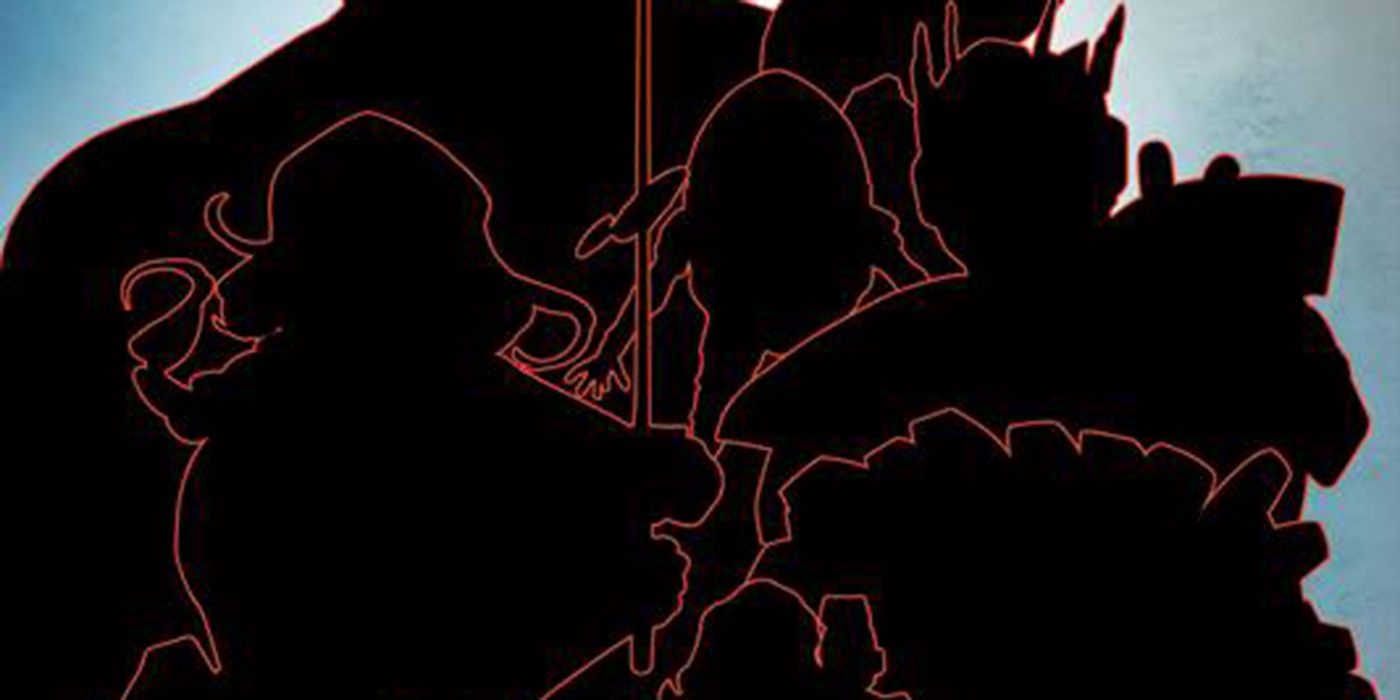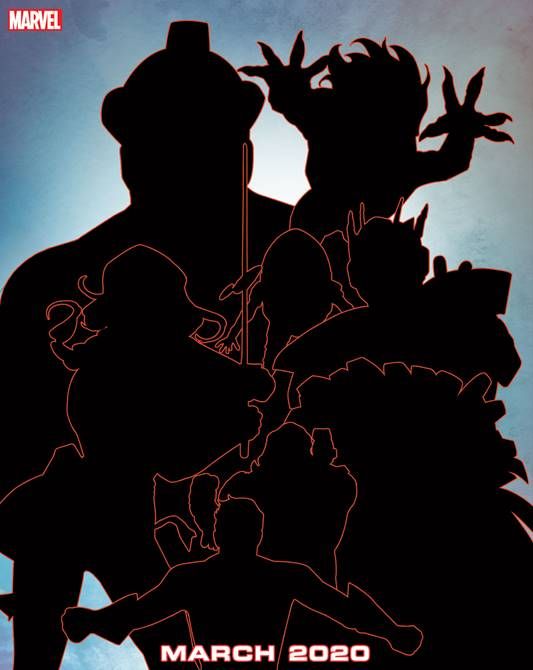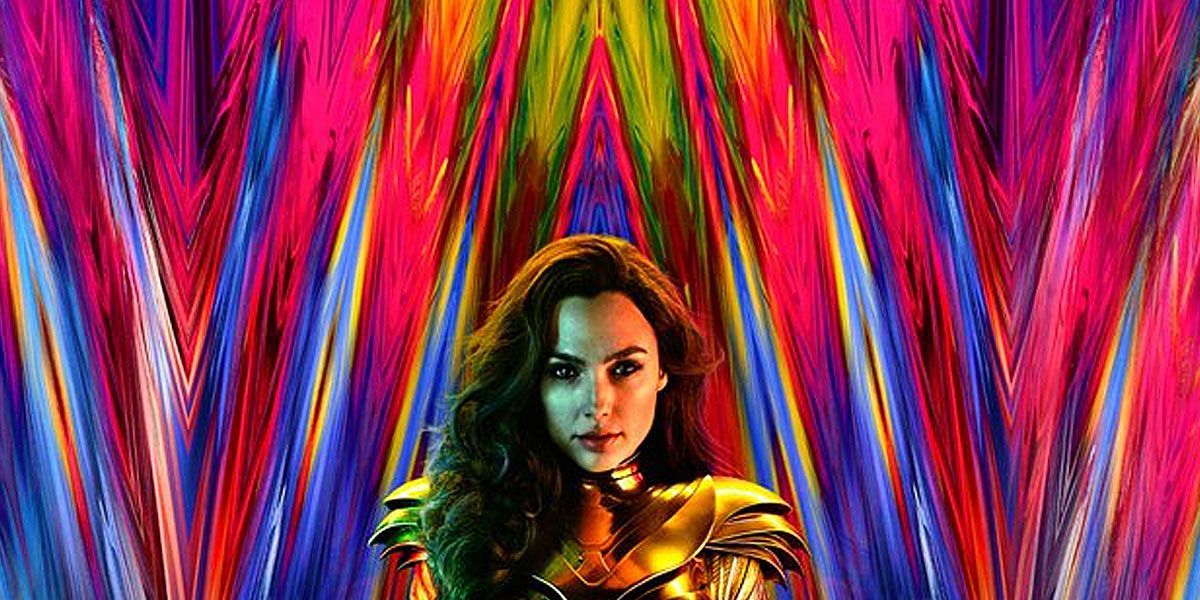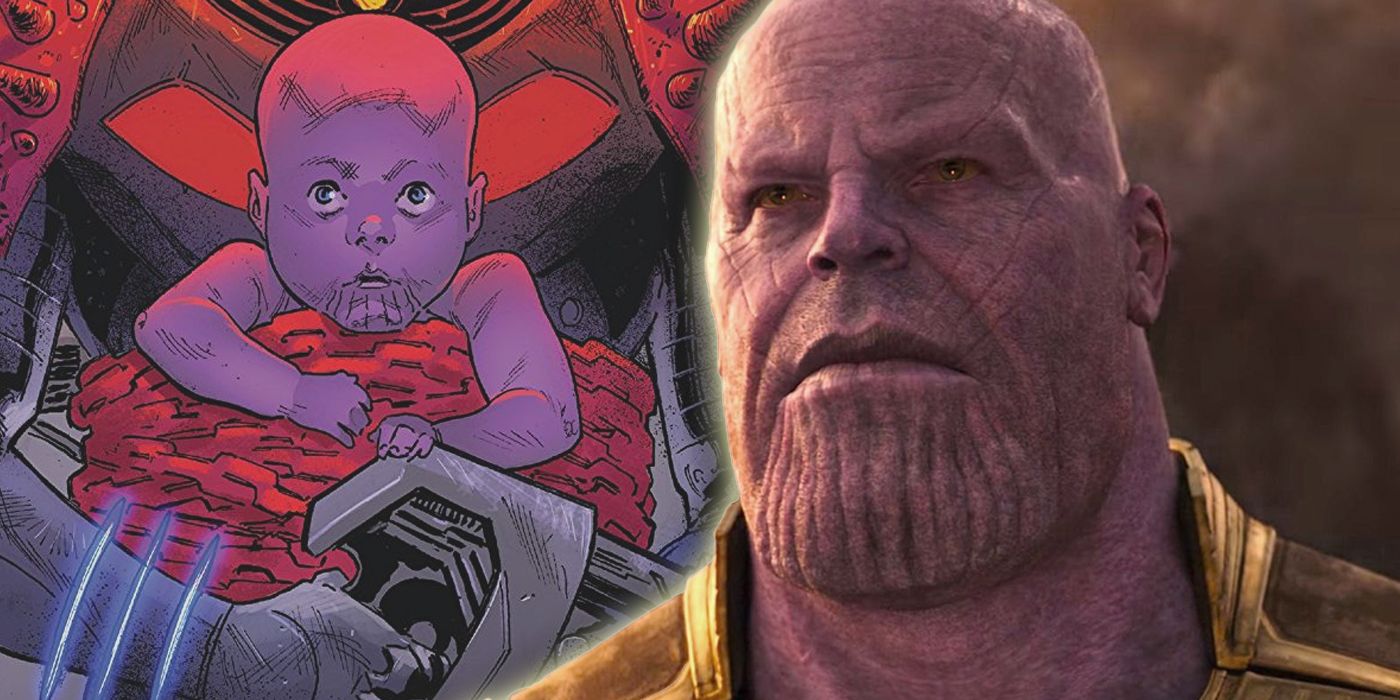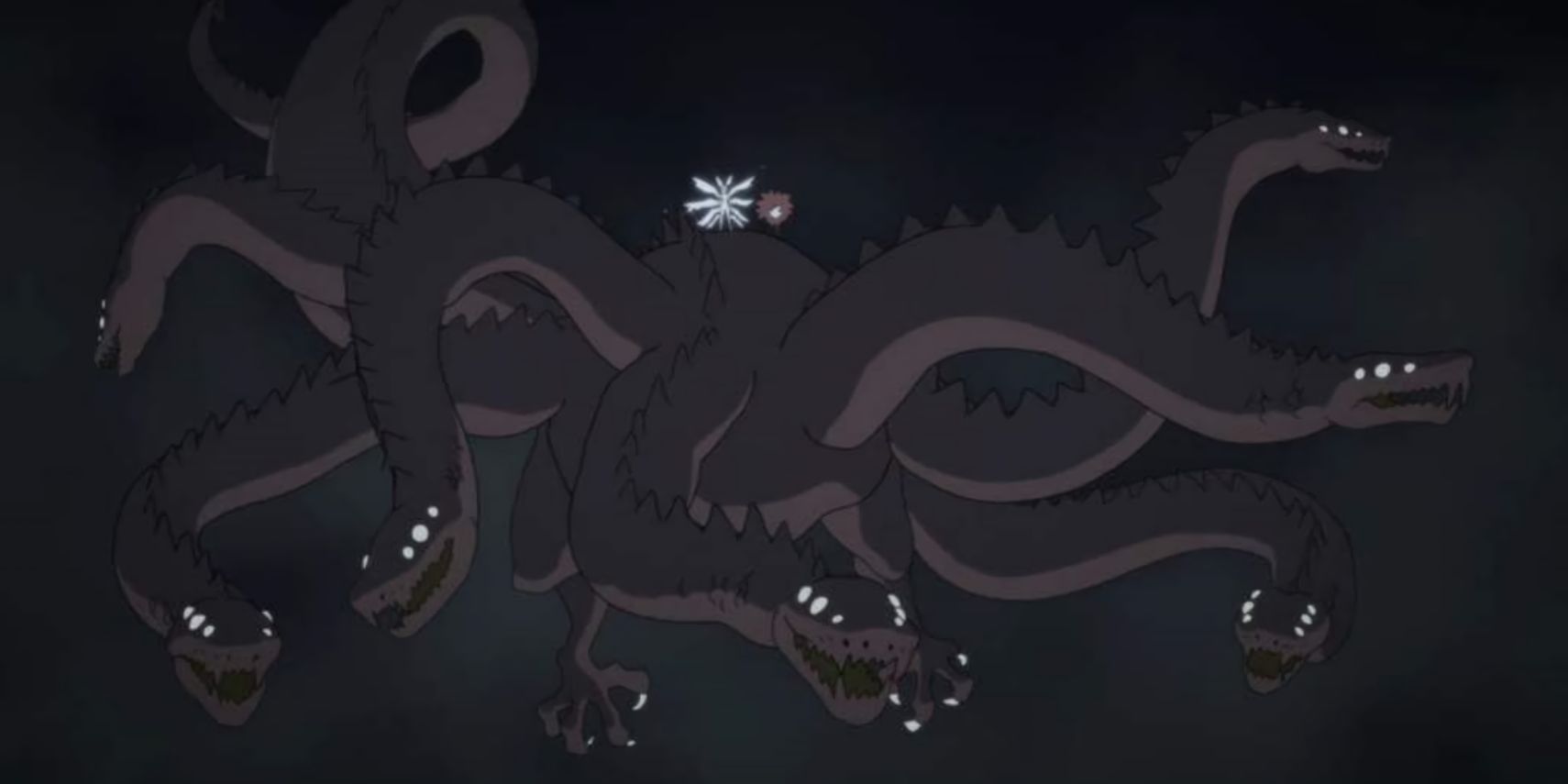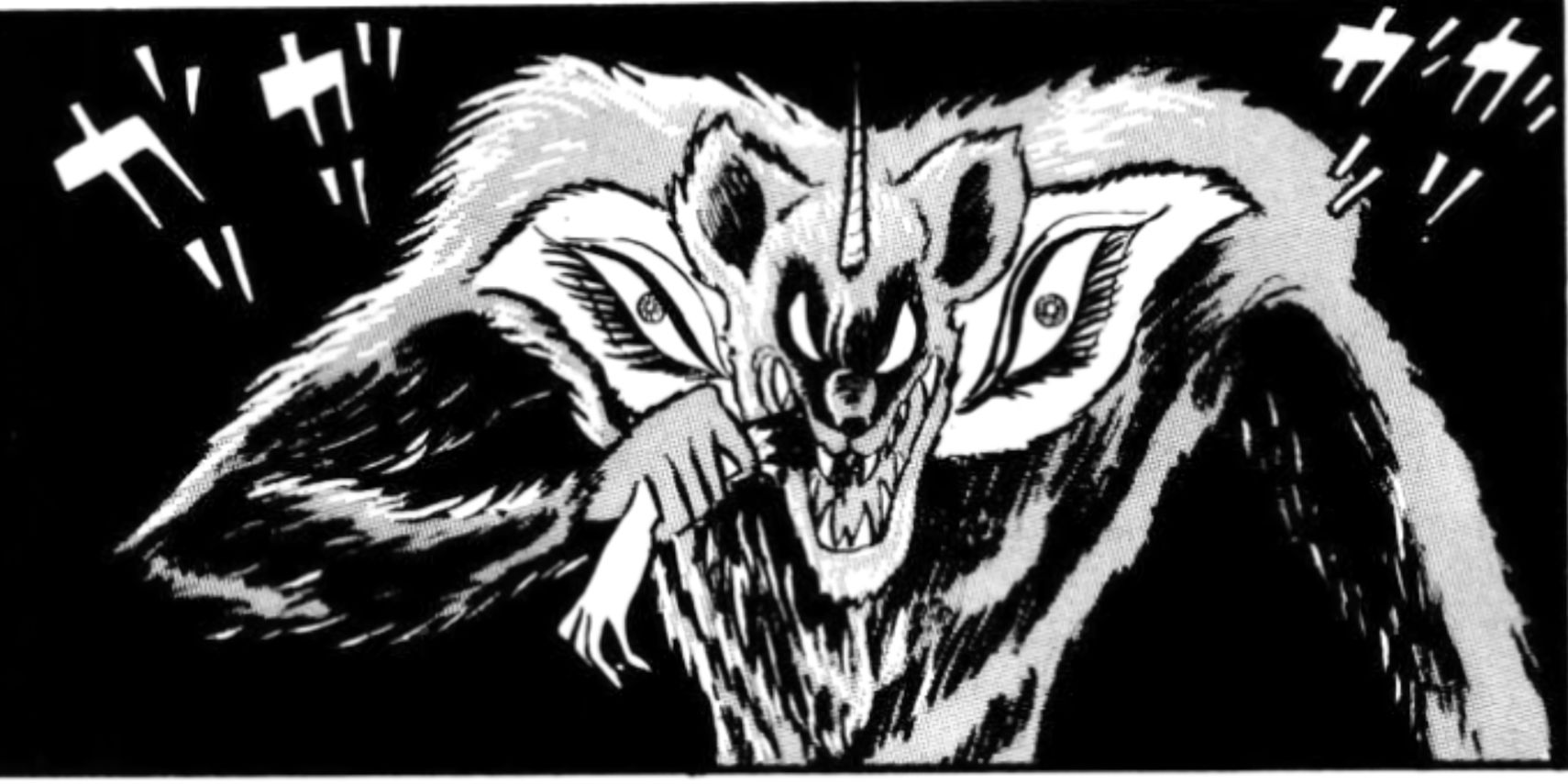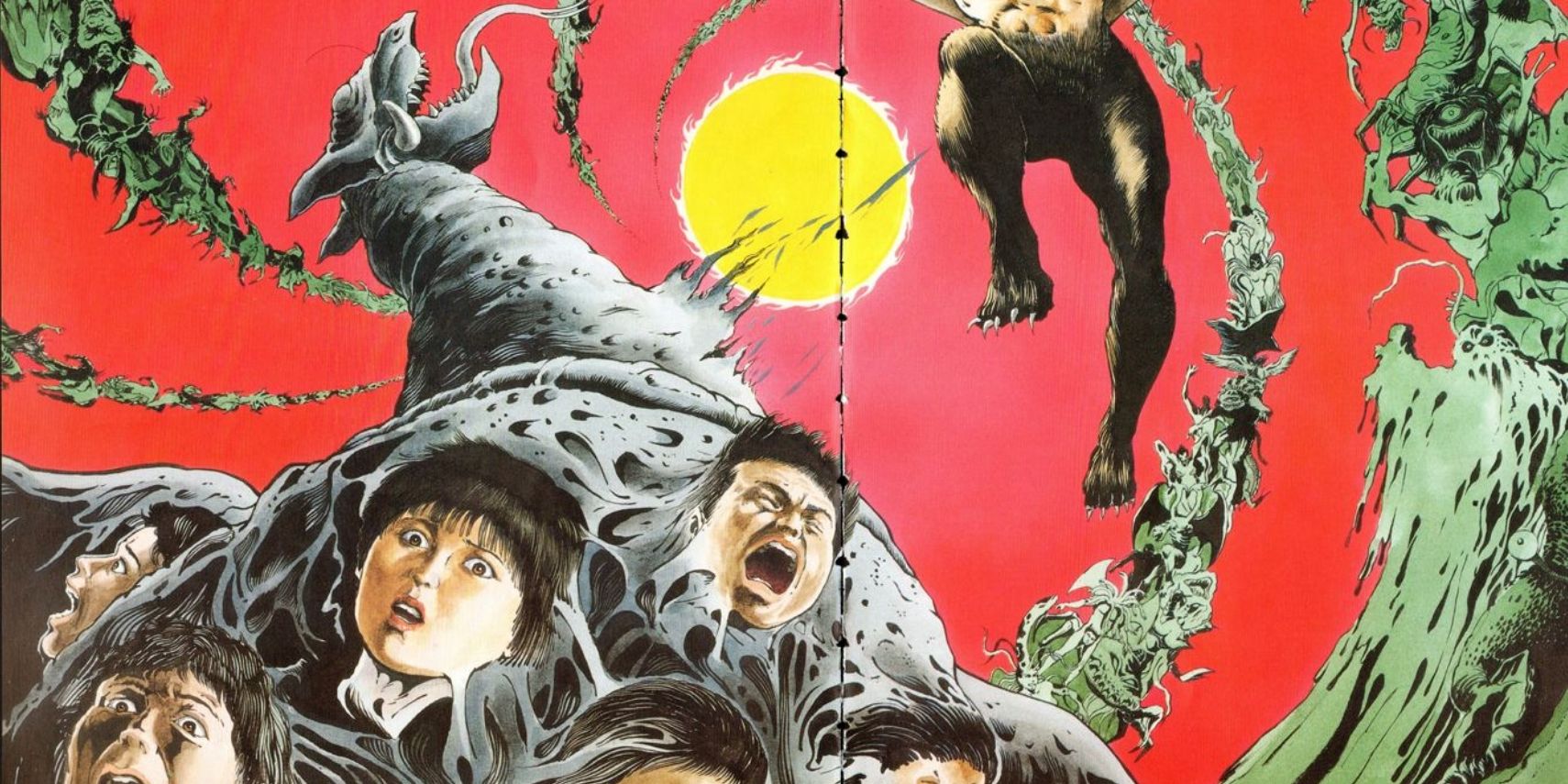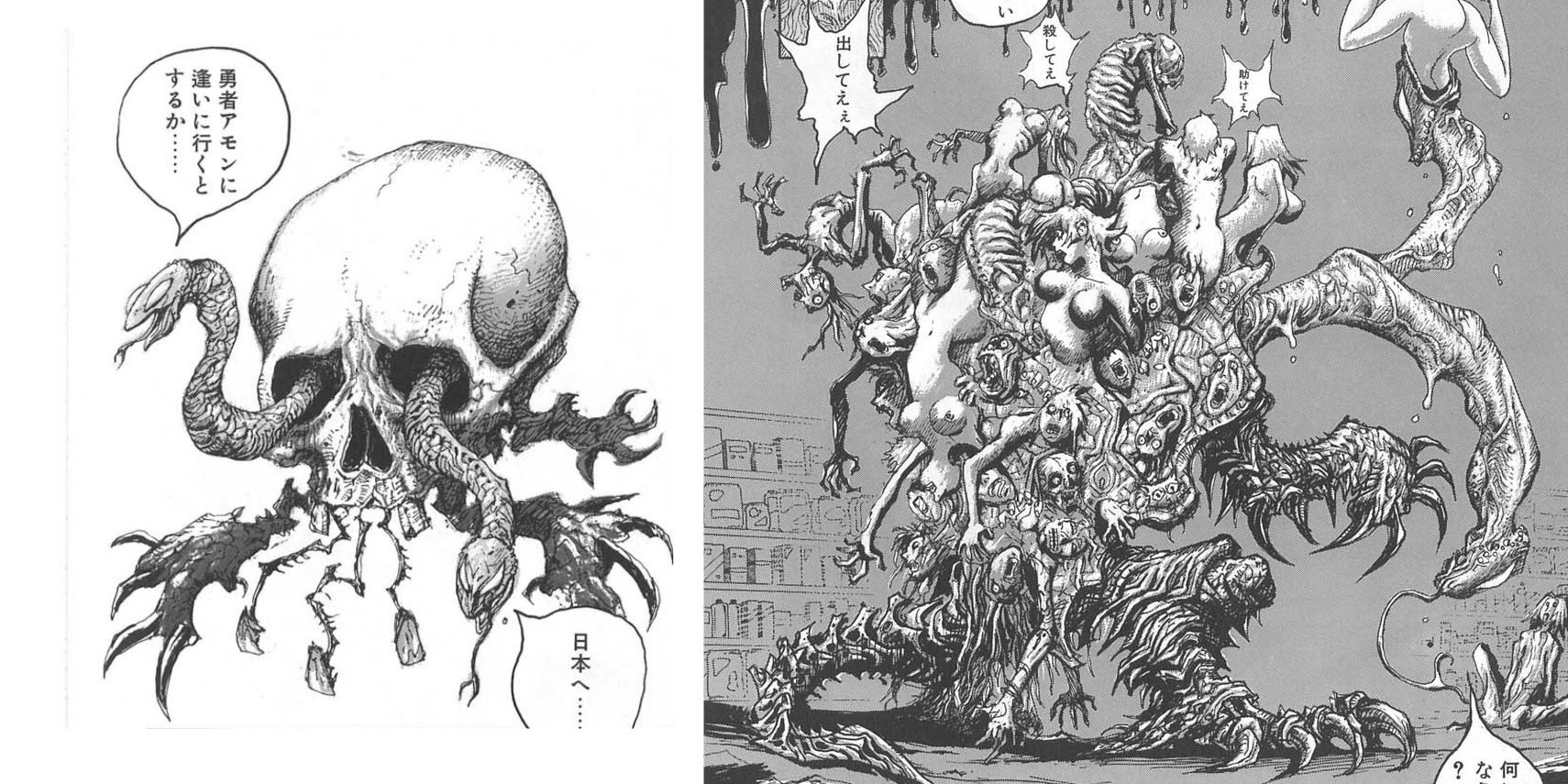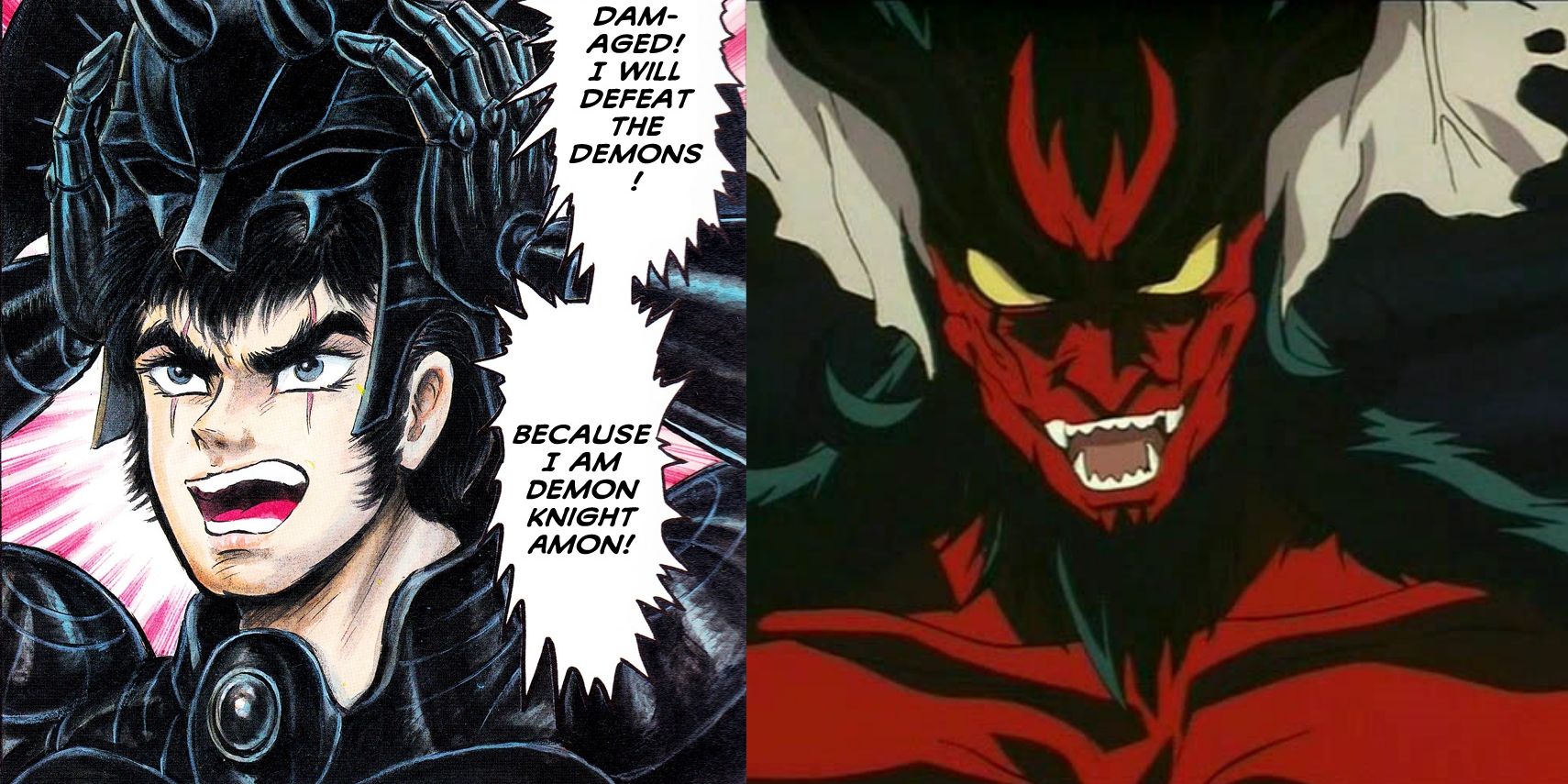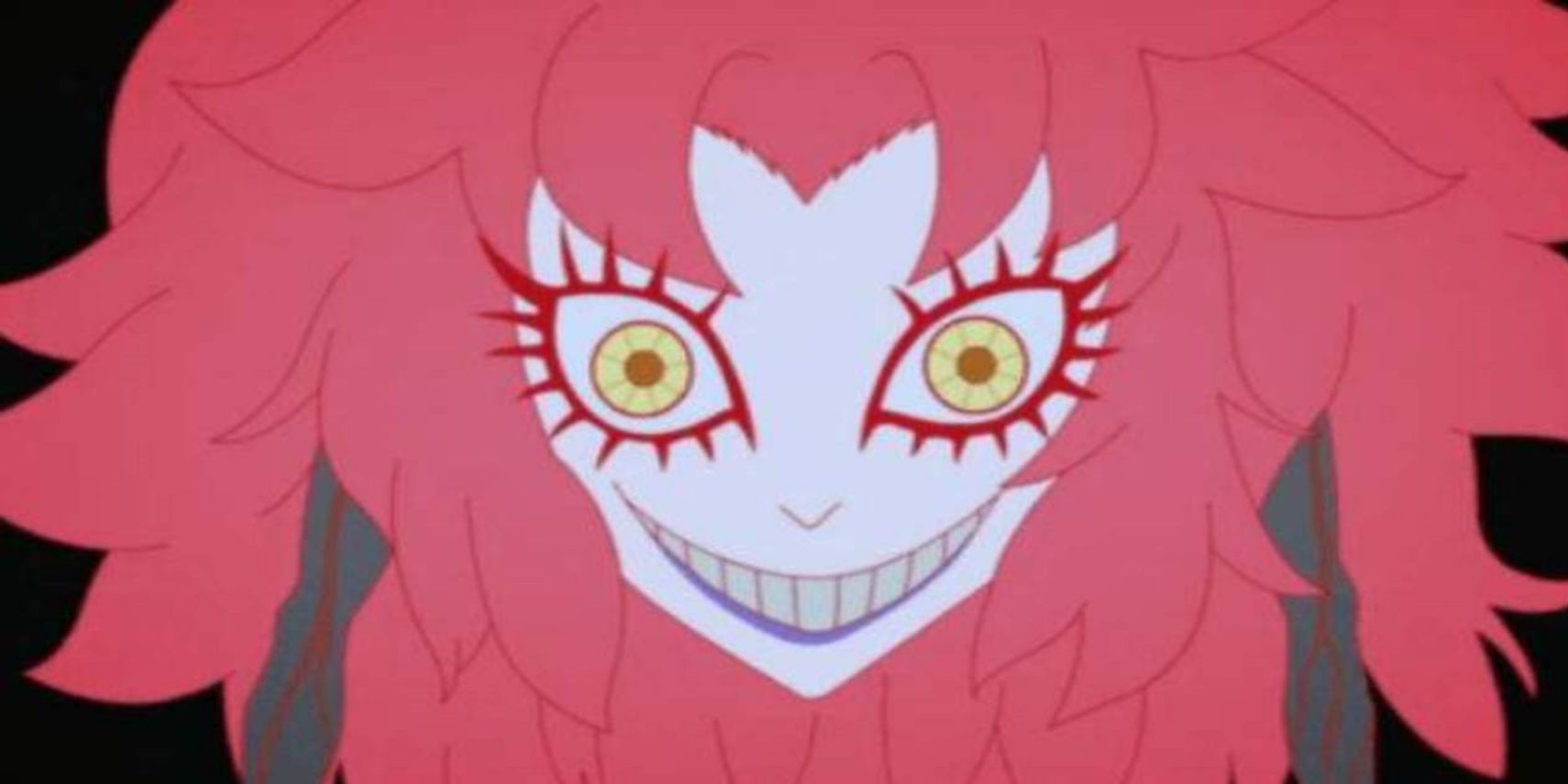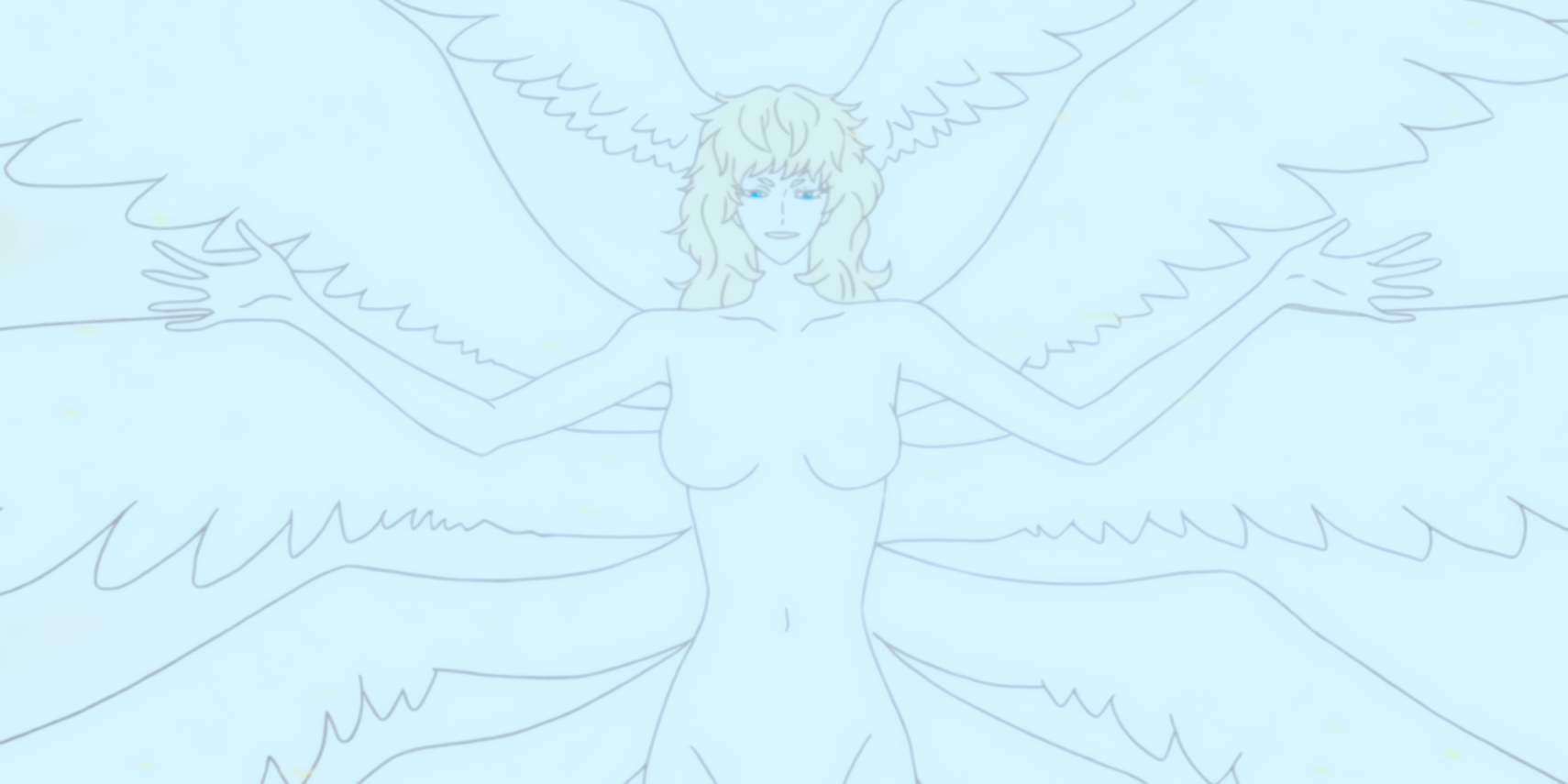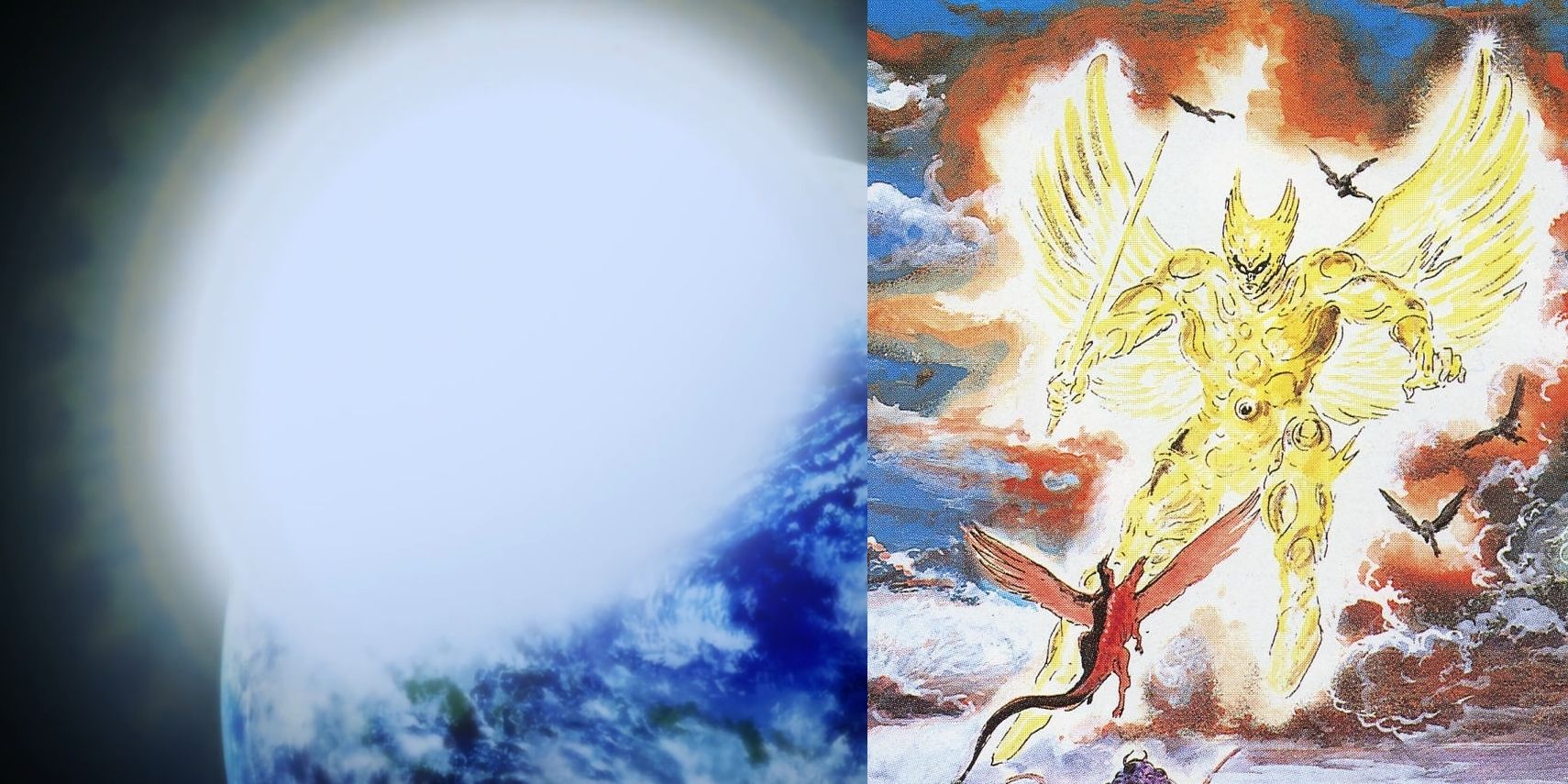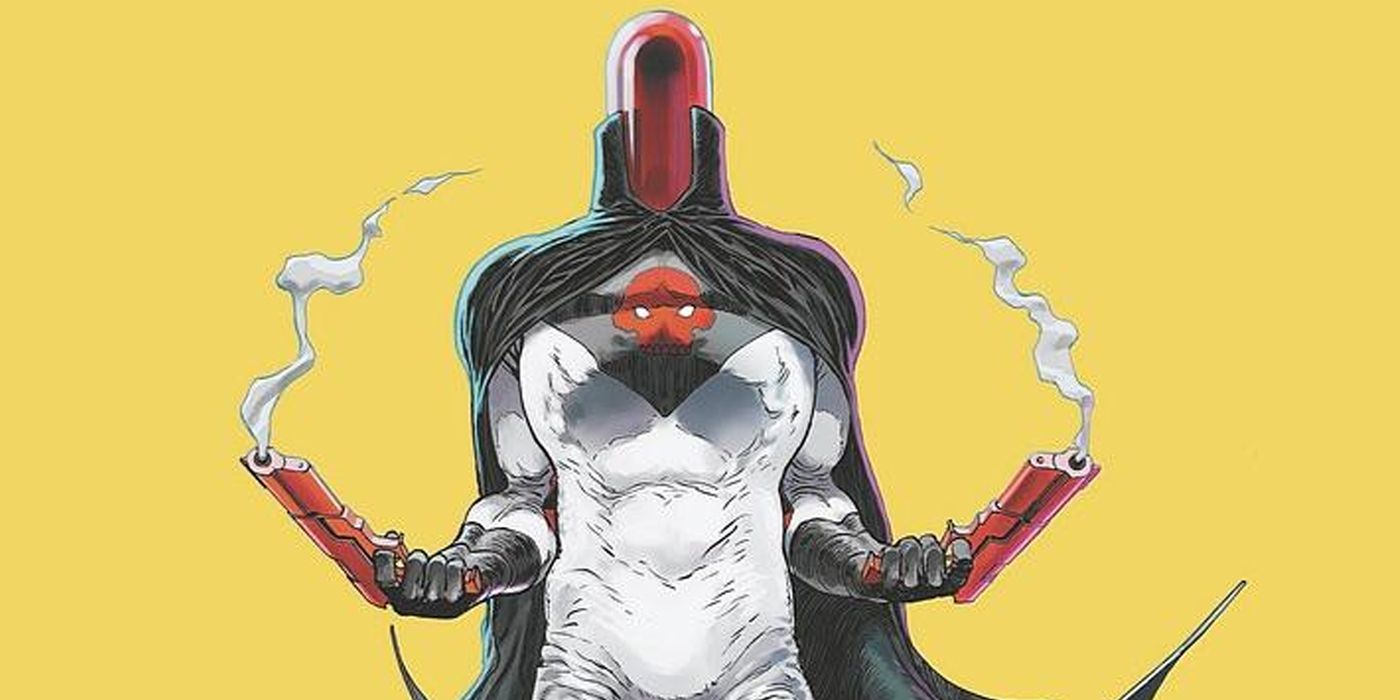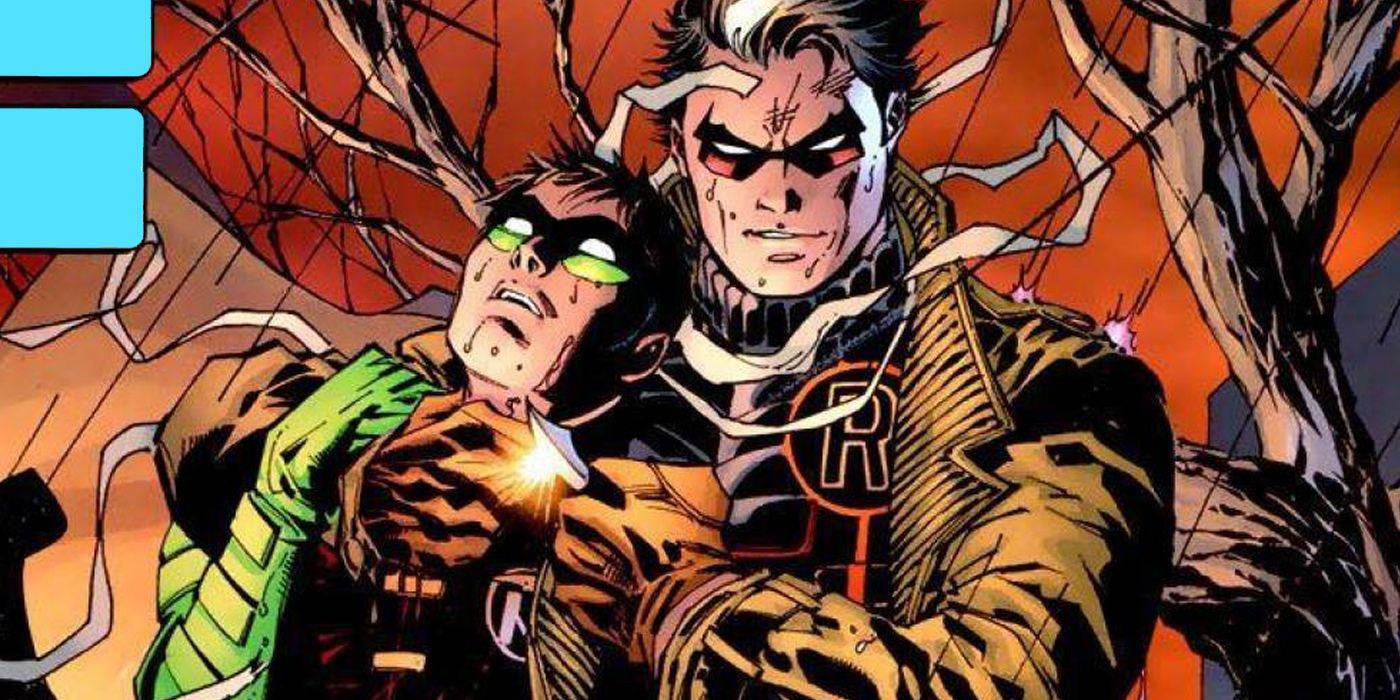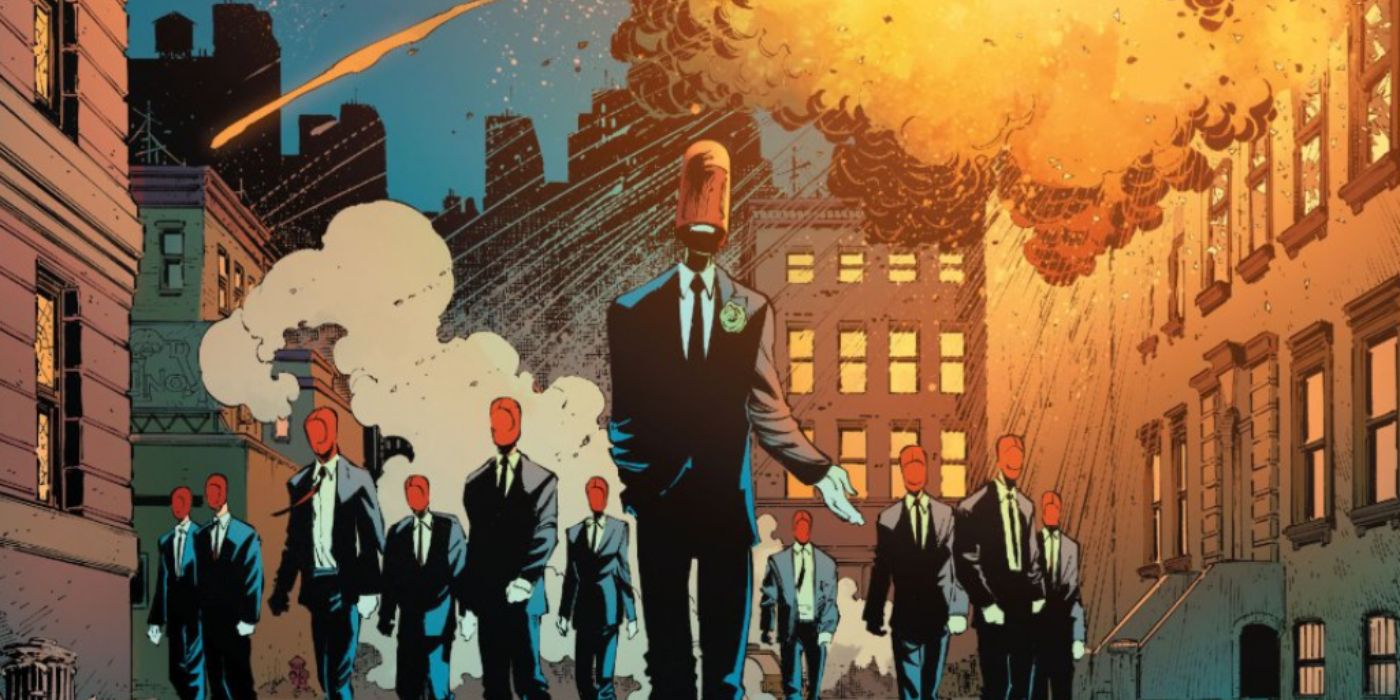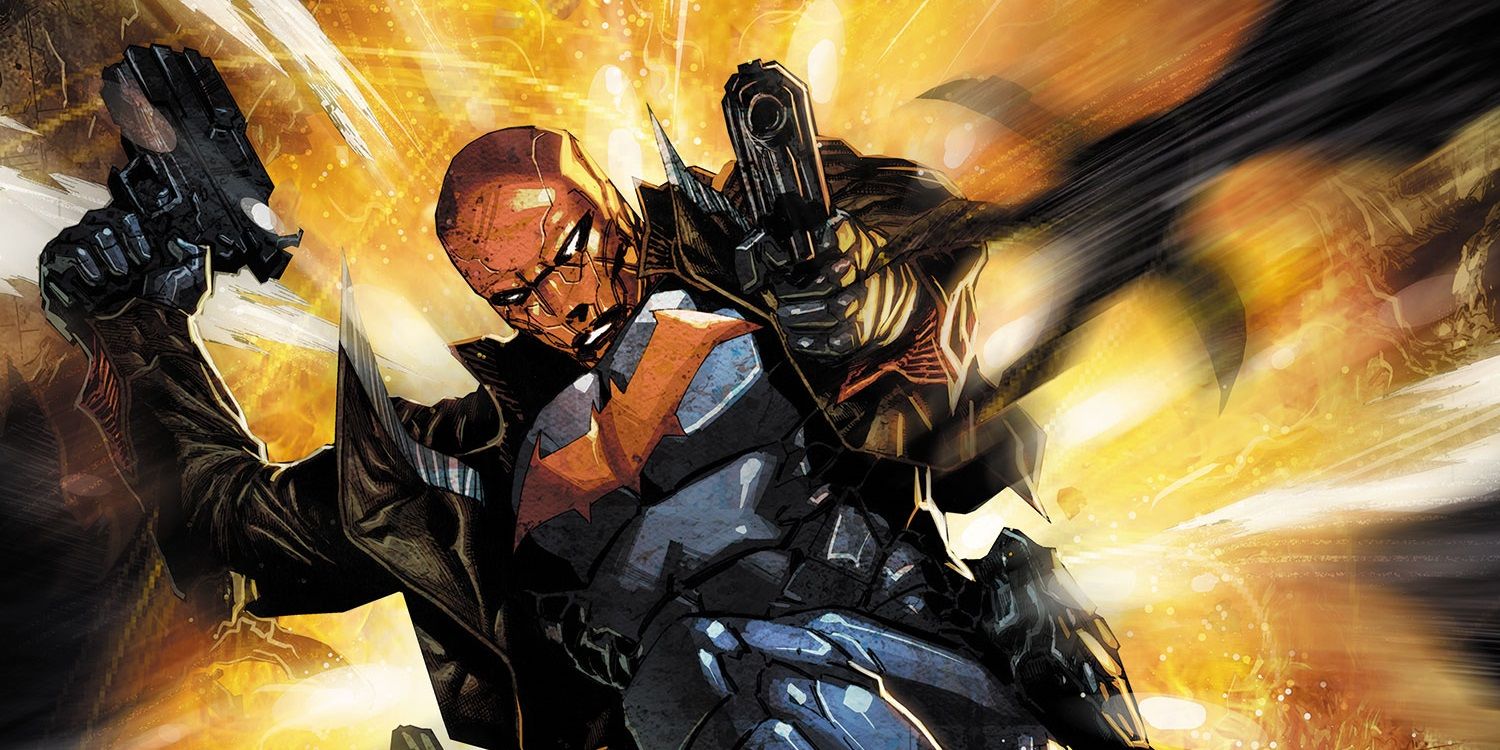
Akira Toriyama's Dragon Ball franchise has largely been about the coming of age of its main protagonist, Goku. It's seen him go from being all alone in the world to starting a family of his own while making new friends along the way, usually in the form of former rivals.
As such, the Saiyan hero has grown from a young boy way back at the beginning of the original manga/anime series to a full-grown man -- and back again in the now no longer canon Dragon Ball GT. Now, we're taking a closer look at how Goku was, both physically and otherwise, throughout every series the iconic anime franchise.

When Goku is first discovered by a teenage Bulma as she searches for the Dragon Balls, the naive, young boy reveals he is 11 years old. After accompanying Bulma, Yamcha, Oolong and Puar to stop Emperor Pilaf and his forces from using the Dragon Balls towards world domination, Goku spends the remainder of his eleventh year training under Master Roshi alongside Krillin to prepare for 21st World Martial Arts Tournament where he is narrowly defeated by Roshi under the disguise of Jackie Chung.
In the three-year interim before the 22nd World Martial Arts Tournament, Goku systematically dismantled the nefarious Red Ribbon Army before entering the tournament, where he was defeated by Tien, at the age of 15. Immediately following the tournament, Goku and his friends defeated the evil King Piccolo, only to learn his more powerful son would enter the next tournament before following in his father's footsteps to conquer the Earth. Training under Kami, the Guardian of the Earth, and Mister Popo, Goku entered the 23rd World Martial Arts Tournament as an 18 year old young man, defeating Piccolo and marrying Chi Chi shortly after.

By the start of Dragon Ball Z, five years have passed since the end of Dragon Ball, which effectively makes Goku 23, now with a five-year-old son named Gohan in tow. After learning of his true Saiyan heritage from his long-lost evil brother Raditz, Goku sacrifices his life for Piccolo to kill Raditz once and for all. As the Z Fighters train on Earth for the arrival of Raditz's superiors Vegeta and Nappa, Goku trains in the afterlife. Upon his resurrection through the Dragon Balls, Goku remains physically 23 but chronologically ages t0 24 when he helps drive Vegeta from the Earth.
After defeating Frieza, Goku spends three years training with the Z Fighters for the arrival of the androids, which was predicted by the alternate future Trunks. During this time, Goku was physically 26 and chronologically 27. Realizing how dire the situation has become, Goku and Gohan train in the Hyperbolic Time Chamber -- a chamber within the heavenly Lookout largely unaffected by time in the outside world -- for a full year, emerging with Goku now physically and chronologically 27 to face Cell in the Cell Games.
After sacrificing himself against Cell to save Earth, Goku was dead for seven years before his eventual resurrection by the Elder Kai to defeat Majin Buu. Although he was still physically 27, Goku was chronically 34 upon Buu's defeat. After both Goku and the series experienced a 10-year time jump for the epilogue, Goku was now physically 37 and chronologically 44, while Vegeta also points out Saiyans' aging slows once they hit their physical prime to fight longer and more effectively.

At the conclusion of Dragon Ball Z, Goku had departed to train with Kid Buu's good reincarnation Uub at the Lookout. Dragon Ball GT opens five years later, upon the completion of Uub's training. This makes Goku physically 42 and chronologically 49. This proved short-lived, however, as Emperor Pilaf accidentally used the Black Star Dragon Balls to revert Goku to the age when he first met him -- effectively making Goku an eleven-year-old child once again while retaining the wits of a 49-year old man.
It takes Goku approximately one year to recover the Black Star Dragon Balls though he is ultimately unsuccessful in using them to save the Earth. At Earth's destruction, Goku is now physically 12 but psychologically 50. Following this, the series experiences a one-year time jump for its climactic story arc, making Goku physically 13 but psychologically 51. GT has an epilogue and television special taking place approximately a century into the future after Goku merges with the Eternal Dragon, appearing as an adult once again in his physical prime. While his exact physical age is unknown, this would make him approximately 151 psychologically at the end of GT.

The entirety of Dragon Ball Super takes place within the 10-year time jump between Majin Buu's defeat at the end of Dragon Ball Z and its subsequent epilogue. Super starts approximately four years into the time jump, making Goku physically 31 but psychologically 38. Following the start of the series, Goku and Vegeta train for a year under Beerus and Whis before the events carrying them through the end of the series begin.
By the end of the anime series and sequel animated film Dragon Ball Super: Broly, Goku is physically 32 and psychologically 39. While there has been a manga continuation of the series beyond the events of Broly and end of the anime, the exact clarification about how many years have passed is uncertain. However, as the events of Z's epilogue have still not taken place, Goku still hasn't hit 40 -- physically, anyway.
